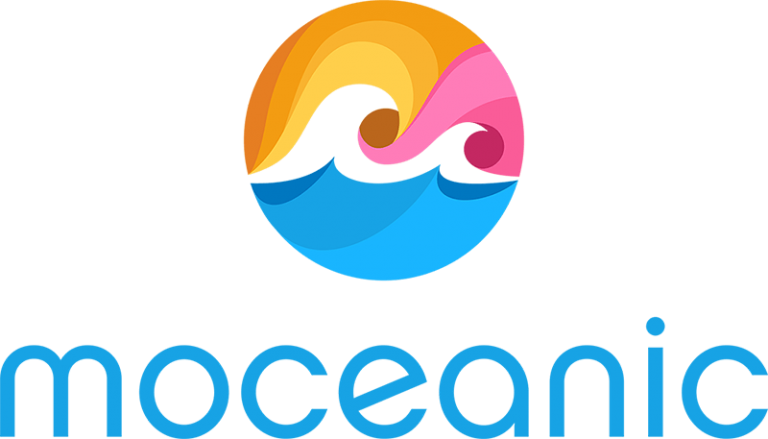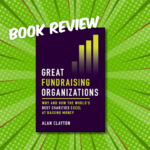My first “real” job after university: I was a writer at a small nonprofit, and I had the latest writing technology on my desk: An IBM Selectric II.
It was a super-cool typewriter that used a “golfball” to imprint the letters on your paper. You could switch out the ball to get different fonts.
It seemed like a miracle of technology. Typing was so much easier than it had been.
Then the office got a computer. Some kind of clunky IBM, the size of a large suitcase. One computer for everyone to share. As copywriter, I rarely got to use it. But that didn’t bother me – I had my Selectric.
I bring this up because it tells us something about demographics and technology that’s worth paying attention to: I, like many people my age, started working life without computers.
But it wasn’t long before the desktop computer became a must-have tool, and it has been central to my work for most of the years since. People just a bit younger than me have worked with computers their whole working lives, and likely started while getting their educations.
And all of us are approaching “donor age.”
That means we are moving into an era where most donors are comfortable using computers to do things.
Nine years ago, Sean Triner wrote a blog post titled The Digital Fundraising Tipping Point. He put it this way:
If you started normal work in the early 90s, you may not have realised but you were on the tipping point of a revolution.
Give or take a year or so, depending on country and employer, people starting office jobs in the 80s didn’t have a computer on the desk. People starting in the 90s did.
Most people born in (and around) 1970 were the first generation of office workers who have always worked with computers.
People (like Sean) who were born in 1970 are turning 55. That’s often seen as the beginning of donor life. Around then, the kids have moved out, leaving more time, more flexibility, and often more disposable income. For many, people that age are at their peak of earning. It’s also when age-driven changes to brain chemistry make people more likely to donate to charity.
This matters, because this large cohort of computer-literate and computer-comfortable people are becoming donors.
Which is likely to create a digital tipping point for fundraising.
You may be surprised (or dismayed) to learn that the portion of donations coming in via digital channels is still only around or just above 10% in most of the developed world. Though there are many nonprofits raising well above 50% digitally already – because they’ve been working at it, and/or they have younger donor audiences.
Here’s what Sean predicted back in 2016:
… my bet is that by 2030 online will be the #1 channel of donations, but 2025 will be the “inflexion” point.
Was he right?
For some organizations, the tipping point is well underway. For others, it’s hard to imagine it coming that soon.
What we know is this: Donations are moving from mail to the internet. It’s been at a fairly slow pace the last few years, but it’s likely to accelerate starting soon.
We are already at the point where not integrating email with postal mail might be irresponsible.
The digital tipping point is coming. Are you ready?
The last few weeks of the year are the heart of the Fundraising Season. It’s “go big, or go home” time for many of us. Download the Moceanic Calendar For Successful Year-End Fundraising, a simple guide to year-end fundraising, full of tips, ideas to help you maximize your fundraising during those critical weeks.











